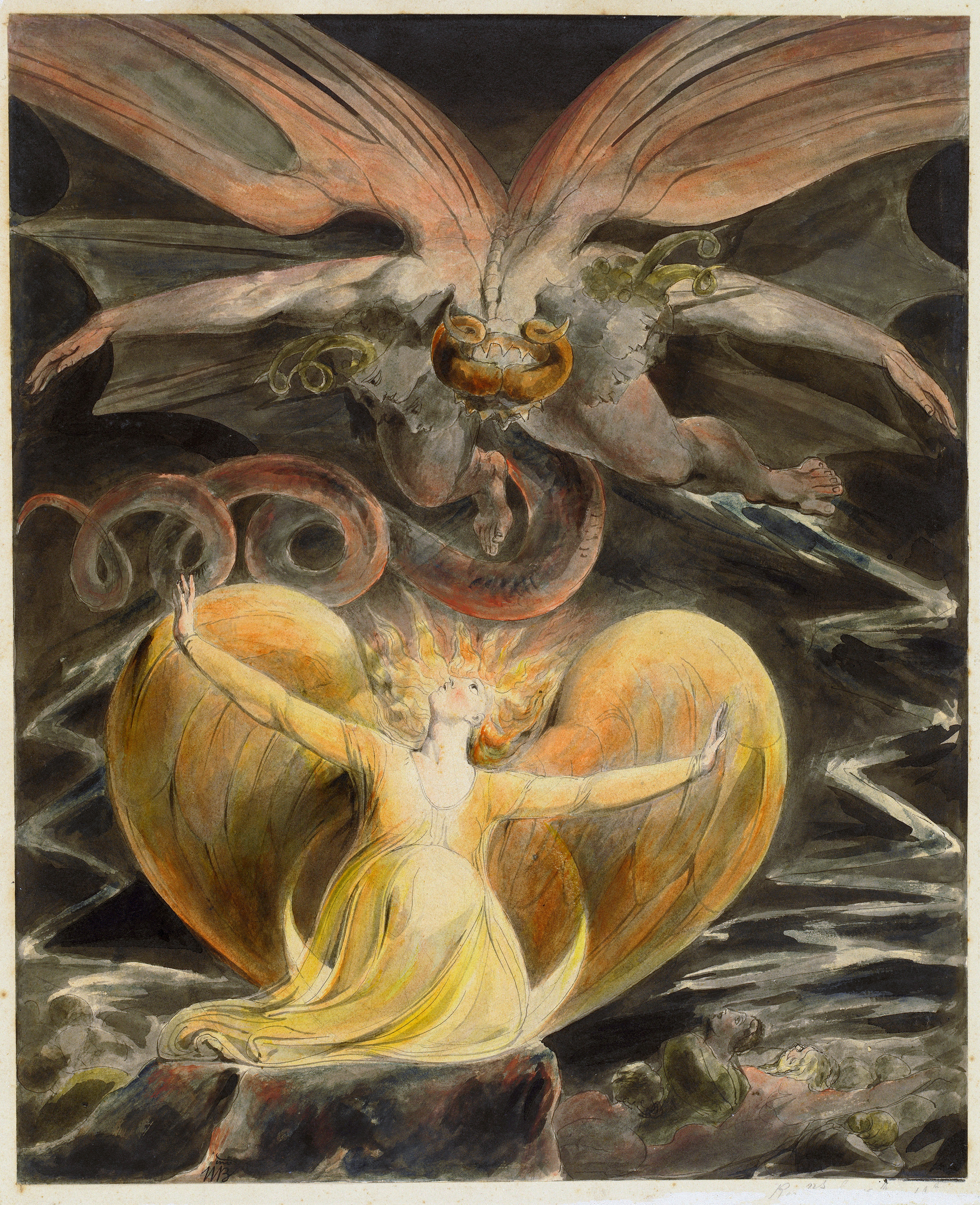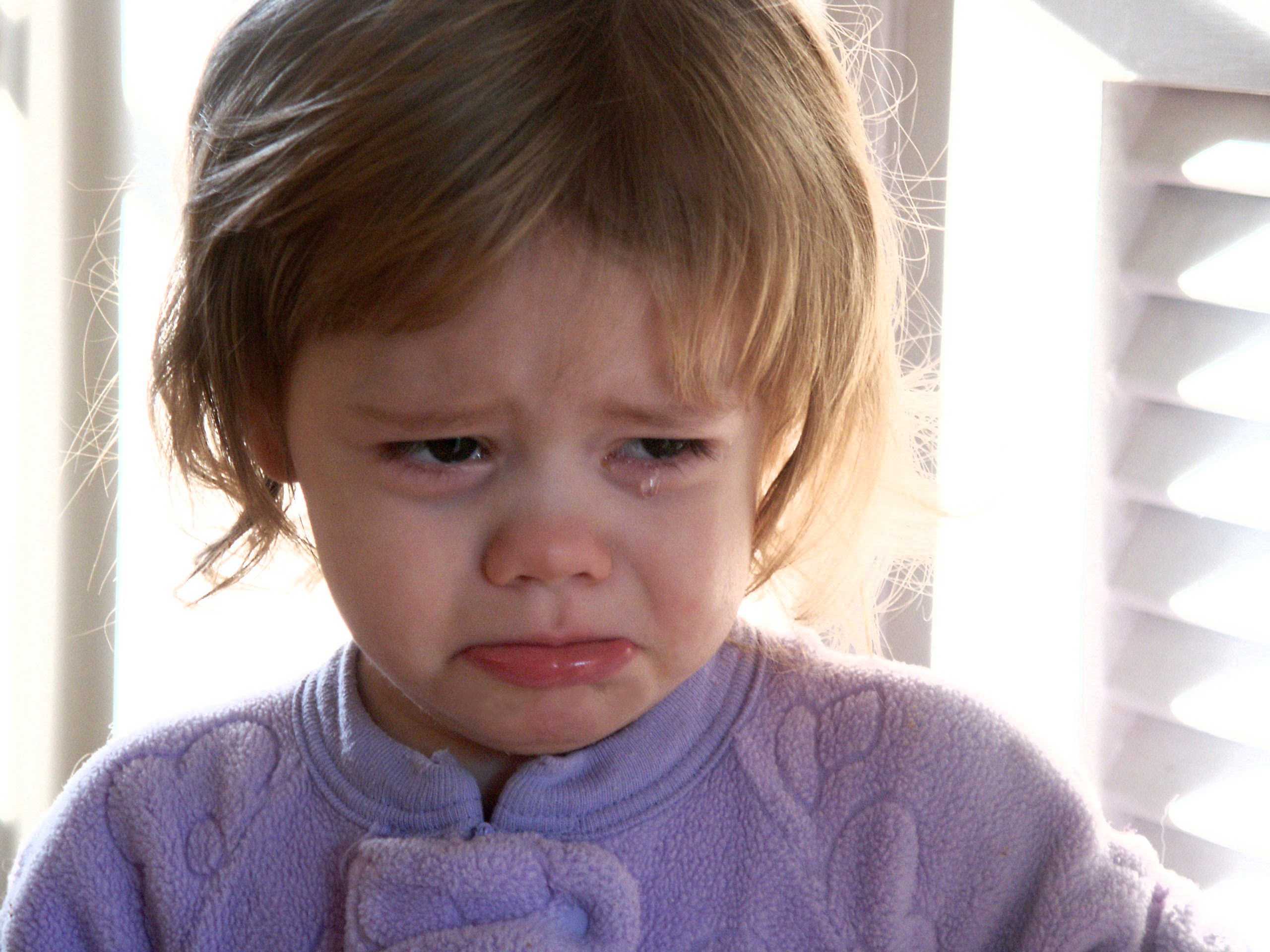 |
| Alien Dungeon's Latest Offering |
Sunday, February 24, 2013
Mars Attacks!
Sunday, February 17, 2013
The Brutes (Background)
 |
| Raar!! |
Who are the Brutes?
The Brutes are nomadic tribes of non-humans who inhabit the wastelands of Mars. Descended from a variety of species and several lines of genetic manipulation, they exhibit a bewildering variety of forms, sizes, and capabilities. Tribes of brutes are usually multi-species coalitions sharign a common culture and a lifestyle highly-adapted to the resource-poor enviornment and the murderous rivalries it breeds.
Only the colonial humans call these creatures the "Brutes," as the Earthlings are notoriously xenophobic and untrained in the ways of Mars. The Free Humans usually call the tribes " nomads," and view them with a wary respect. They engage in trade and diplomacy, despite the frequent Brute raids against Free Human settlements. The Brutes themselves refer to themselves by a variety of local ethnonyms, tribal designations, and other labels, but when they speak of their culture as a whole, they most often refer to their lifestyle, calling all nomads, regardless of species the "Followers of the Way."
Brute Military Organization
The Warparty (Squad)
The Hunting or Herding party represents the lowest level of Brute social organization. The parties consist of around ten to thirty adult or adolescent Brutes. Females and males are both represented in the active parties; most Brute species are egg-laying with only limited sexual dimorphism. The parties are usually homogenous in species, although some may have a small contingent of larger or smaller types. In peace-time, they are usually accompanied in their peregrinations by a small camp of dependants -- young Brutes, the elderly, caregivers, and so forth. When battle is expected, this camp is left behind in some safe location, and the Hunting or Herding party becomes a Warparty.
In game terms, we will represent such a formation (minus its camp) as a Warparty. It will average 20 figures, typically consisting of a majority of one type -- Small Brutes, Brutes or Big Brutes -- but with a few others mixed in if the player desires. A Warparty usually lacks support weapons, unless these are attached from a higher-level organization. Some Warparties are entirely mounted.
The Warband (Platoon or Company)
When Brutes fight a larger battle, they gather their Warparties together under a leader. Typically, this leader is a lower-level chieftain representing the warparties involved. In more authoritarian tribes, he may be an appointed representative or lesser relative of the ruling chief or king. Warbands vary in size, depending on the number of Warparties belonging to the clan-group or sub-tribe represented in the area. Most warbands consist of three to twelve warparties. It is difficult for any area to support more than this. Warbands can only stay together for a limited period of time -- the land cannot sustain large concentrations for long, and the warparties themselves need to return to their camps and dependants.
In game, we will represent a small Warband as a platoon-level force of two to four warparties, plus support, and a large Warband as a company-level force of five to twelve warparties. A warband of either size has an HQ squad in the form of a special warparty consisting of the leader and his bodyguard. This HQ unit is typically 5-10 figures strong. There may also be a secondary HQ, similarly constituted.
A warband may have weapons and squads in support. 0-3 support weapons per "platoon" or 0-9 per coompany -- typically smoothbore cannons, mortars, or captured or borrowed energy or projectile peices from the colonial or Free Humans. Such weapons may be mounted on a Beast. It may also have specialized warparties of larger Brute-types, of Beast-handlers, of cavalry, or squads of vehicle-sized Beasts.
The Tabor (Battalion)
In large battles, Warbands may gather together into larger formations that the colonists have taken to calling "Tabors" or "Kraals," after various formations among the native populations of their nation's Earthly colonies. A Tabor (to use the French term) consists of several Warbands gathered under a high-ranking chieftain, perhaps the leader of the tribe as a whole, perhaps a powerful chieftain, a general or a noble. Tabors are the military equivalent of annual or semi-annual gatherings of a tribe's scattered bands and parties, for barter, trade, marriage, or politicing. Like these peace-time gatherings, a Tabor's time is extremely limited -- able to sustain itself for only a few weeks at the most. Often they only assemble on the day of battle itself.
Tabors will rarely be represented on a gaming table, but if they are, they will consist of 2 to 5 Warbands, plus an appropriately increased scale of support.
 |
| A Brute against two Free Humans |
The Tribe (Regiment or Division)
A tribe as a whole consists of all its scattered lineage groups, bands, parties and camps. Tribes almost never gather in full, for either war or peace. The logistical difficulties (and the danger) are simply too acute. In the largest of conflicts, a Tribe will gather all its Tabors. Depending on the size of the tribe, it may be able to field anywhere from two to ten.
Coalitions
If a region faces a threat a tribe is unable to meet with its full force of Tabors, it will form a coalition with other tribes. Such coalitions typically operate as widely-scattered groupings of Warbands and Tabors, but a large multi-tribal force might come together to attack a city-state or settled region. Such a force would need to seize local crops to sustain itself, or soon disperse.
Coalitions
If a region faces a threat a tribe is unable to meet with its full force of Tabors, it will form a coalition with other tribes. Such coalitions typically operate as widely-scattered groupings of Warbands and Tabors, but a large multi-tribal force might come together to attack a city-state or settled region. Such a force would need to seize local crops to sustain itself, or soon disperse.
Monday, February 11, 2013
New Weekly Posting Schedule
I may sporadically publish on Wednesdays, but it will no longer be a regular thing.
Plus, most people seem to read the blog on Mondays anyway...
Tom
Sunday, February 10, 2013
Leaders and Command Squads
 |
| Ow! Quit it! |
Geek Notes
Since command squads are often smaller than reqular squads they are easy to Supress or destroy. This rule should keep Leaders and their command squads from being arbitrarily targeted by opponents. When attached, the total number of hits needed to Supress the combined jumbo-squad should be the same, but by making them one squad, the command elements cannot be so easily singled-out.
Wednesday, February 6, 2013
Powers and Personalities
I'm still thinking about powers -- special abilities that take place within a game's larger framework -- and their proper use. It seems to me that powers are most useful and entertaining when they serve as a reflection of a faction or character's personality.
Such mechanics are pretty common. I played some Saga last night, and am getting ready for a Dungeons and Dragons 4th edition game tonight. Both these games rely (in their own ways) on powers or abilities as their main mechanic. Saga has its Battle Board and its Saga Dice. Dungeons and Dragons 4th editon uses a series of activatable abilities for characters.
Dungeons and Dragons has regularized its powers pretty well. The bread and butter at-will powers are usually simply a basic attack -- a sword-swing, a magic missile, or whatever -- with an added flavorful effect. They are not especially different in capability from a 3.5 or Pathfinder melee attack or staple spell, in the damage they do or thier importance. But it its the little bit of flavor that makes them different. Some at-will attacks shift an opponent around. Some do a little extra damage or effect. Some switch the attack roll to a different defensive characteristic. None of this is world-shaking, but it does make a Cleric feel different than a Barbarian. Or even a nible fighter different from a smashy fighter. They affect the visualization, and the flavor and the personality of the character more than they turn any character into an unstoppable killing machine.
Saga takes a more radical approach. In Saga the Battle Board powers float above the standard game mechanics and alter it in radical ways. A Saga army with no Battle Board would be completely uncompetitive. Saga abilities reflect the character of the armies, but in radical, game-breaking ways. For example, my Vikings have a power that kills my own troops but does oodles of damage to the enemy. Steve's Normans have deadly bow-enhancing powers. In Saga, Battle-Board manipulation is the most important part of the game.
So, how do I want powers to work in my game? I think I prefer something less wildly powerful than Saga, in which chacterful powers are an important, yet relatively subdued, part of the game. The idea is to give the armies some personality, without making each list into an arms race of overwhelming abilities.
 |
| This picture has nothing to do with anything. |
Dungeons and Dragons has regularized its powers pretty well. The bread and butter at-will powers are usually simply a basic attack -- a sword-swing, a magic missile, or whatever -- with an added flavorful effect. They are not especially different in capability from a 3.5 or Pathfinder melee attack or staple spell, in the damage they do or thier importance. But it its the little bit of flavor that makes them different. Some at-will attacks shift an opponent around. Some do a little extra damage or effect. Some switch the attack roll to a different defensive characteristic. None of this is world-shaking, but it does make a Cleric feel different than a Barbarian. Or even a nible fighter different from a smashy fighter. They affect the visualization, and the flavor and the personality of the character more than they turn any character into an unstoppable killing machine.
Saga takes a more radical approach. In Saga the Battle Board powers float above the standard game mechanics and alter it in radical ways. A Saga army with no Battle Board would be completely uncompetitive. Saga abilities reflect the character of the armies, but in radical, game-breaking ways. For example, my Vikings have a power that kills my own troops but does oodles of damage to the enemy. Steve's Normans have deadly bow-enhancing powers. In Saga, Battle-Board manipulation is the most important part of the game.
So, how do I want powers to work in my game? I think I prefer something less wildly powerful than Saga, in which chacterful powers are an important, yet relatively subdued, part of the game. The idea is to give the armies some personality, without making each list into an arms race of overwhelming abilities.
Sunday, February 3, 2013
Thinking About Cooldowns
 My local gaming group switches between game systems fairly often. These last few weeks we've been playing Dungeons and Dragons 4th edition. Its use of cooldown powers seems to me to have certain potential as a wargamign mechanic. This particular edition reworked all the major class features and abilities into a series of powers (upsetting a number of long-time players in the process).
My local gaming group switches between game systems fairly often. These last few weeks we've been playing Dungeons and Dragons 4th edition. Its use of cooldown powers seems to me to have certain potential as a wargamign mechanic. This particular edition reworked all the major class features and abilities into a series of powers (upsetting a number of long-time players in the process). These powers are distinguished by frequency:
- At-Will Powers: Can be used over and over on a character's turn.
- Encounter Powers: Can be used only once per fight.
- Daily Powers: Can only be used once a day.
The frequency with which a power can be used matches its potency. More powerful abilities are Dailies, less powerful ones are Encounters. Basic abilities are At-Will. This sort of mechanic is sometimes called a "cool-down" because of video games, where powers may be on a timer by seconds or minutes between use.
At any rate, it seems to me that it migth be worth giving more potent Doctrines a similar mechanic. Wargames generally play pretty fast. Limiting a Doctrine to once per turn or phase seems pretty pointless. But Limiting a Doctrine to once per game sounds plausible. Some armies in other games already have once-a-game powers. For example, in some editions of Warhammer, Orcs (or Orks) have been permitted a special extended charge called a Waaagh! once a game.
Subscribe to:
Posts
(
Atom
)









